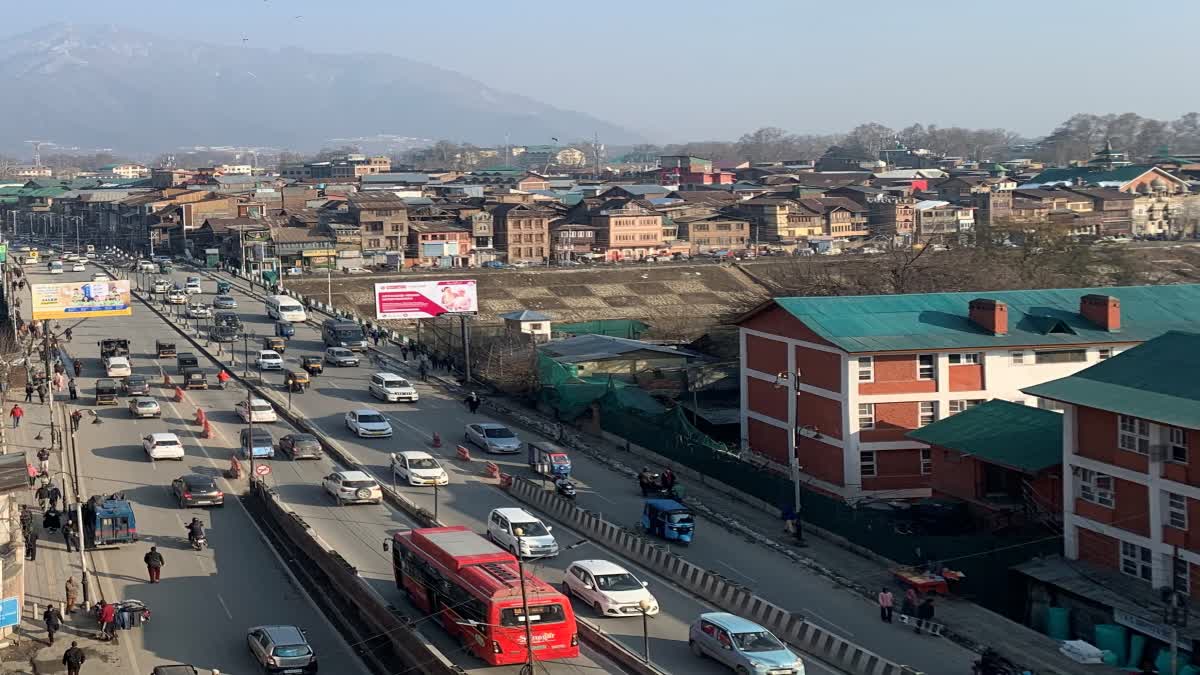Srinagar: Despite Jammu and Kashmir falling in high-risk Seismic Zone V, the Government has proposed to remove all restrictions on the height or area governing the construction of residential and commercial spaces in the Union Territory.
The government is planning to do away with the existing curbs over Floor Area Ratio (FAR) or Floor Space Index (FSI). The proposed amendments to the J&K Unified Building Byelaws (UBBL) 2021 have removed the FAR for all categories of plots, including all categories of residential and commercial complexes, cinemas, mall cum multiplexes, Janjgars, community centres, and banquet halls.
This means that an owner or developer could add as many floors as they want and carry out construction without any restriction on ground coverage barring setbacks.
Generally, only three-storied houses were allowed in the existing law, but the proposed changes will allow an owner to construct as many floors as possible, raising questions about its utility.
This will be a departure from the existing four-year-old law cleared by the Lieutenant Governor-led administration in 2021, putting a cap on height or bulk. The proposed change is also against the topography of the region and poses significant dangers to the people and their properties as Jammu & Kashmir falls into high-risk, Seismic Zone V, making it highly prone to earthquakes.
As per the J&K Disaster Management Authority, most parts of Kashmir Valley (15.3% of the area of the UT), and Doda, Ramban, Kishtwar of Jammu region fall under Seismic Zone V (very high damage risk zone), which houses more than 50% of the population of UT. The rest of the UT and most parts of the Jammu Division (84.7% of the total area of the UT) fall under SeismicZoneIV (high damage risk zone).
The amendments, if implemented, can radically alter the façade of urban historicity of cities like Srinagar as well as Jammu. Experts and town planners explain that FAR regulates the height and bulk of a building, and its removal means that one can cover the entire floor area for construction.
The proposed changes justify saying the concept of ground coverage has been removed as the concept of minimum setbacks already exists. Besides, the document suggests these changes, including building lines, have been made “to increase the competitiveness of real estate in J&K as compared to other states of the country.”
Likewise, the changes have diluted the land use, allowing all types of constructions, including commercial ones, in residential areas (RI). This suggests one can undertake commercial activities in areas specifically meant for residential areas in the earlier byelaws.
The proposal violates the model bylaw prepared by the central government, which is the standard document for building laws across the country.
A senior architect in the government, surprised by the amendments, said that the person behind the change could neither be a town planner nor a resident of Jammu and Kashmir. He listed consequences like urban flooding, traffic congestion, and changing the façade of heritage cities like Srinagar.
To recall, UNESCO listed Srinagar as part of the UNESCO Creative City Network (UCCN) for crafts and folk arts in 2021, followed by ‘World Craft City’ by the World Craft Council (WCC) in 2024.
It was learnt that many, including senior planners in both regions, who are the key persons in giving a nod to the amendments, were taken by surprise seeing the proposal on the website.
